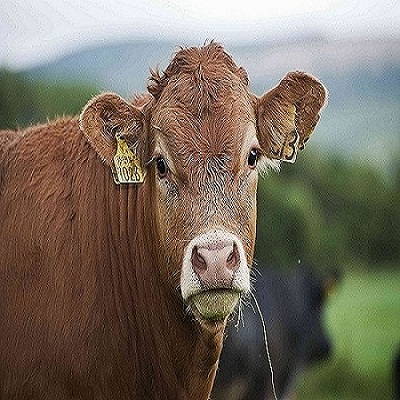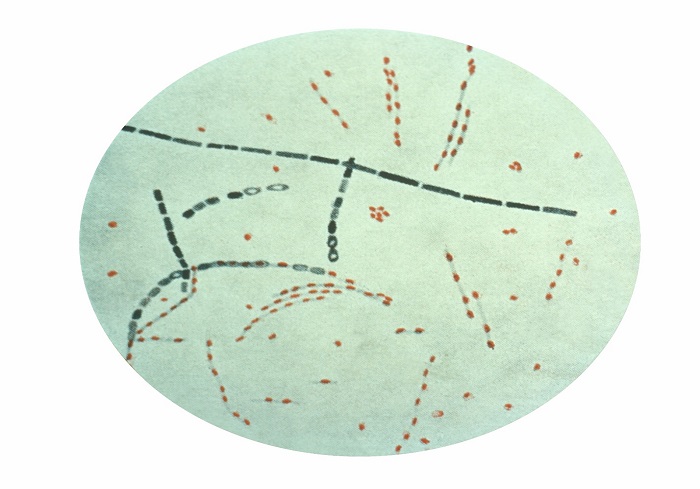Anthrax is a disease caused by the spore-forming bacterium Bacillus anthracis. Anthrax spores in the soil are very resistant and can cause disease when ingested even years after an outbreak. The spores are brought to the surface by wet weather, or by deep tilling, and when ingested by ruminants the disease reappears. Anthrax occurs on all the continents and commonly causes high mortality, primarily in domestic and wild herbivores as well as most mammals and several bird species. Anthrax is a WOAH-listed disease and must be reported to the WOAH as indicated in its Terrestrial Animal Health Code. In humans, anthrax manifests itself in three distinct patterns (cutaneous, gastrointestinal, and inhalational). The most common is a skin infection, where people become infected by handling animals or animal products that contain spores. This can happen to veterinarians, agricultural workers, livestock producers, and butchers dealing with sick animals, or when the infection has been spread by wool or hides. Anthrax is a preventable disease by vaccines and can be treated with antibiotics, however specific control procedures for carcasses disposal are necessary to contain the disease and prevent its spread.

